The Weatherization Assistance Program
The Weatherization Assistance Program, also known as WAP or Weatherization, was created in 1976 as an effort to cut heating bills for low-income families, after the 1973 oil crisis drove up the cost of energy. WAP traces its earliest roots to an energy conservation program added to the Economic Opportunity Act in 1975. The program today is authorized by the Energy Conservation Policy Act and is administered by the Office of Energy Efficiency and Renewable Energy within the Department of Energy (DOE). From air sealing to improving ventilation to adding insulation, home weatherization helps consumers save money by saving energy.
DOE provides core program funding to all 50 states, the District of Columbia, Native American Tribes and the five U.S. territories. Once DOE awards the grant, states contract with nearly 800 local agencies nationwide including Community Action Agencies, other non-profit organizations, and private contractors to deliver services to low-income families.
WAP reduces energy costs for low-income households by increasing the energy efficiency of their homes, while ensuring their health and safety. The program supports 8,500 jobs and provides weatherization services to approximately 35,000 homes every year using DOE funds.
With weatherization improvements and upgrades, these households save an average $283 or more every year. Over 7 million families have been assisted by WAP since the creation of the program in 1976.
Trained weatherization crews under management of local Community Action Agencies and other non-profit organizations conduct energy audits to determine cost-effective measures to reduce energy bills for each household.
Typical measures include installing insulation, sealing ducts, tuning and repairing heating and cooling systems and mitigating air filtration.
Who is eligible for weatherization?
Homeowners, renters and landlords with qualifying tenants are all eligible to apply for WAP.
Income eligibility is set at 200 percent of the federal poverty level, and priority is given to households with children under 6 years old or senior citizens.
Weatherization not only helps households and their incomes but also helps revitalize communities by spurring economic growth. Creating energy efficient homes also lowers energy consumption, helping the environment.
S. 1005 – The Weatherization Assistance Program Improvements Act of 2023
Sen. Jack Reed (D-RI) joined by Sens. Susan Collins (R-ME), Chris Coons (D-DE) and Jeanne Shaheen (D-NH) introduce the legislation on 3/28/2023. If signed into law, this bill would codify key improvements to the Weatherization Assistance Program including:
Increasing the ACPU to $12,000 (from $6,500)
Authorizing the Weatherization Readiness Fund
Eliminating a prohibition on providing funding for partially weatherized homes that have received assistance within the past 15 years.
FY2025 WAP Request
The National Community Action Foundation supports $375 million for the core Weatherization Assistance Program in FY2025. We also support:
$15 million for T&TA
$52 million for the “Readiness Fund”
A “Dear Colleague” letter is being circulated by Rep. Paul Tonko (D-NY-20) in the House reflecting the NCAF supported numbers for FY2025. View the letter here.
Ask your House member to sign on to the letter or say thank you here!
In addition to regular annual appropriations, the Weatherization Assistance Program received $3.5 billion via the American Infrastructure and Jobs Act, of which $3.1 billion is going to the formula program.
Modernizing the Program
Since before the drafting and passage of the Bipartisan Infrastructure Law (BIL), NCAF has been engaged in advocating for changes in the Weatherization Assistance Program that the Community Action Network identified as being essential to running a 21st century program. Some of the recommended improvements require legislative changes through congressional action while other changes can be implemented through the Department of Energy via regulation. Both types of changes are necessary to update the core program and ensure the success of the $3.5 billion investment in WAP through the BIL investment.
Changes through Regulation
NCAF began communicating with the new Department of Energy (DOE) leadership as well as with congressional champions in the summer of 2021 regarding how the DOE can put many of the needed changes in place without legislative action.
On January 13, 2022, an unusual, bipartisan joint letter from members of the House and Senate was sent to DOE Secretary Granholm in support of most of NCAF’s recommended Weatherization regulation changes including:
Changing the Savings-to-Investment Ratio to a whole-cost/whole-benefit formula that reflects the values WAP Delivers in addition to future avoided energy bills;
Establishing a separate funding stream to incorporate apprenticeships and on-the-job training into daily program operations that does not ‘count’ against each home’s ACPU limit;
Simplifying the program through a number of updates:
Define a standard minimum package of efficiency measures for each type of home in each climate;
Simplify the credentials required for workers participating in WAP;
Simplify the federal review process for some project types;
Allow states to waive certain DOE requirements when combining WAP funds with other federal, state, or utility funds.


